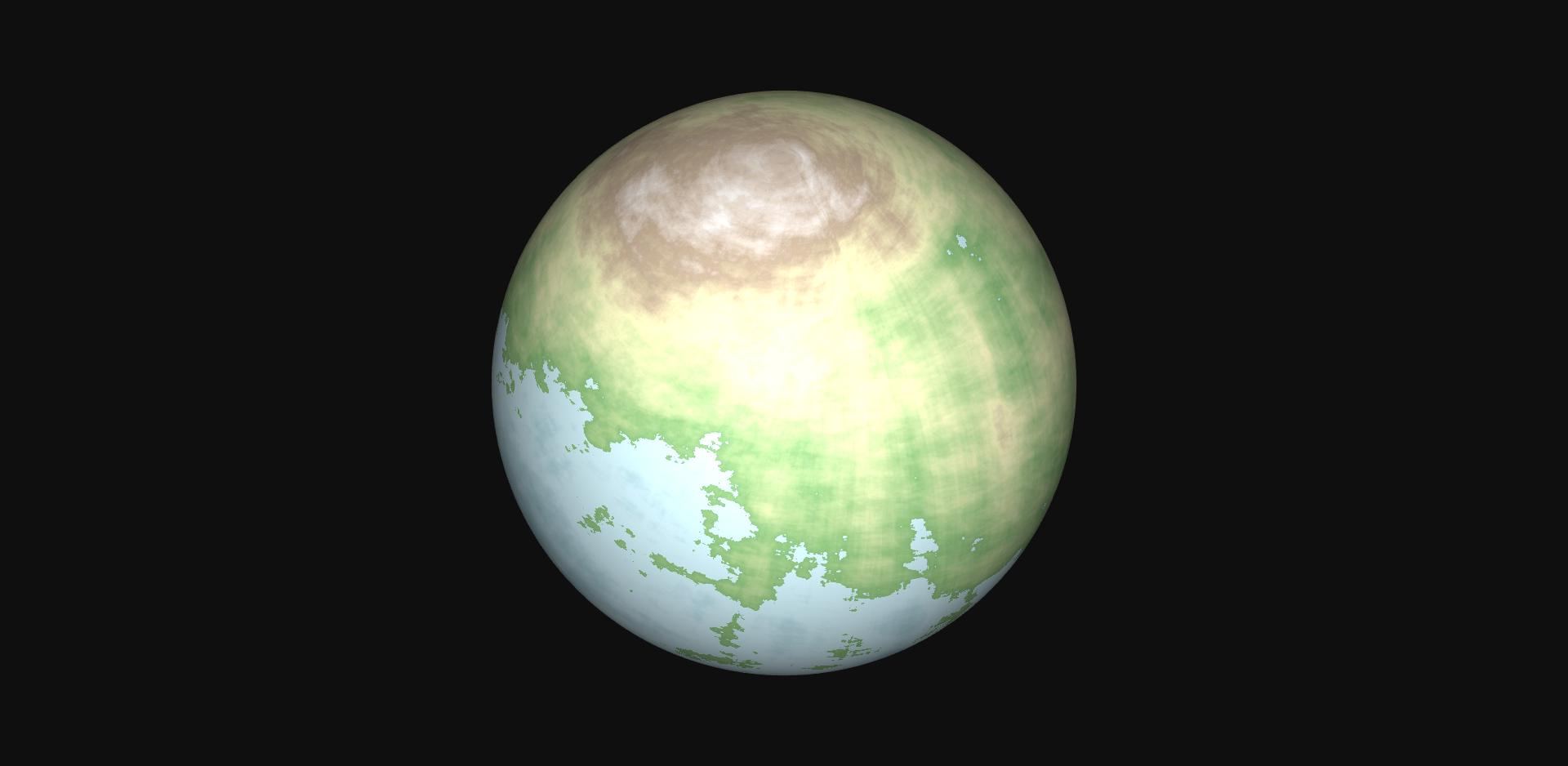Continental - continental convergence.
The mountains are circumpolar and far inland. I assert the polar ice lies on top of an area of high elevation. This was formed by several continents all colliding together with a central polar continent. The analogous Earthly situation (with just 2 continents colliding) are the Himalayas and the Tibetan plateau.

https://pubs.usgs.gov/gip/dynamic/understanding.html
Continental-continental convergence The Himalayan mountain range
dramatically demonstrates one of the most visible and spectacular
consequences of plate tectonics. When two continents meet head-on,
neither is subducted because the continental rocks are relatively
light and, like two colliding icebergs, resist downward motion.
Instead, the crust tends to buckle and be pushed upward or sideways.
The collision of India into Asia 50 million years ago caused the
Indian and Eurasian Plates to crumple up along the collision zone.
After the collision, the slow continuous convergence of these two
plates over millions of years pushed up the Himalayas and the Tibetan
Plateau to their present heights. Most of this growth occurred during
the past 10 million years. The Himalayas, towering as high as 8,854 m
above sea level, form the highest continental mountains in the world.
Moreover, the neighboring Tibetan Plateau, at an average elevation of
about 4,600 m, is higher than all the peaks in the Alps except for
Mont Blanc and Monte Rosa, and is well above the summits of most
mountains in the United States.
Just as tectonics pushed the Indian continent up against the Eurasian continent, forming inland mountains and a plateau, plate tectonics on this world pushed several Indian continent equivalents northwards and into the central polar continent. Thus the central area was pushed high, analogous to the Tibetan plateau and around it a circumpolar ring of Himalaya equivalents.
One might predict some north-south oriented highlands between where the Indian continent equivalents came up against each other and indeed, those can be found in at least 3 spots on the map. Those north-south linear mountains mark where the continents came together in their journey to the pole.




